
I really love with this amazing fruit of avocado, or alpukat in Bahasa Indonesia, whether sweetened it as a dessert, or by making it as fruit juice. Avocado juice is considered to be my favorite drink. I used to order avocado juice, everytime I eat in my favorite chicken noodle restaurant.
Avocado (Persea americana Mill.) is botanically classified in three groups, West Indian Avocado (Persea gratissima Gaertn.), Mexican Avocado (Persea drymifolia Schlecht. and Cham.), and Guatemalan Avocado (Persea nubigena var. guatemalensis L. Wms.). Despite all of avocado varieties, it is believed to be originated from Mexico. (Morton, J. 1987)
The Medicinal Uses of Avocado
The medicinal uses of avocado as alternative treatment mostly by using its leaves, seeds, root bark and shoots. The extracts of the fruits are used for skin treatment by many cosmetic industries in products to moisten dry skin face or body.
The Leaves of Avocado
The leaves of avocado possess antibiotic activity. The leaves are used to employ as a vermifuge, or antihelminthics (drugs that expel parasitic worms from the body), and remedy for dysentery. By directly chewed it as a remedy for pyorrhea (periodontal disease, or inflammation of the gums and tooth). The leaves poultices are used to apply on wounds. Heated leaves are used to relieve neuralgia by applying it on the forehead.
The aqueous extract of the leaves has a prolonged hypertensive effect. The decoction of avocado leaves are taken as a remedy to treat diarrhea, sore throat, hemorrhage, to stimulate and regulate menstruation, and are also drunk as a stomachic.
The Seeds of Avocado
The seeds of avocado possess insecticidal, fungicidal, and anti-microbial activities. The avocado seed is rich in phenolic compounds, which may play a role in the putative health effects. The extracts of avocado seeds were also used as ink for writing and had potential colorant properties.
The decoction of avocado seeds are used in the Mexican traditional medicine to treat oral bacterial diseases, and to relieve toothache by putting it into a tooth cavity. The powdered seed is believed to cure dandruff. The oil extracts of avocado seed are also used to treat skin eruptions.
The Scientific Studies
The following are several scientific studies conducted by scientists around the world to demonstrate the efficacy of avocado plants for alternate medicines:
Anti-hyperlipidemic
Several studies had shown that avocado seeds may improve hypercholesterolemia (high levels of cholesterol in the blood). High cholesterol will increase your chance of getting heart disease, stroke, hypertension, inflammatory conditions and diabetes.
A study using 15 healthy and 30 hypercholesterolemic patients (15 of them with associated type 2 diabetes mellitus) who received an avocado enriched diet. A week later, the healthy individuals had 16% decrease of total cholesterol level. In hypercholesterolemic patients had shown significant decrease of total cholesterol by 17%, 22% of triglycerides, 22% of bad cholesterol, or low density lipoprotein (LDL), and also increase 11% of good cholesterol, or high density lipoprotein (HDL). (López Ledesma R, et al 1996)
Avocado seed contains hig levels of phenolic compounds, in which had shown antioxidant properties. The antioxidant activity of phenolic compounds in Avocado seed extracts may be responsible for the hypocholesterolemic activity in hyperlipidemic mice. (Pahua-Ramos ME, et al. 2012)
Anti-diabetic
The Avocado leaves have been used in the treatment of diabetes in Latin America and Africa. To show the anti-diabetic effect of avocado, Lima CR, et al. from Department of Pharmaceutical Sciences, Federal University of Pernambuco, Recife, Brazil, used rats as subjects.
Streptozotocin (STZ)-diabetic rats were given hydroalcoholic extract of the avocado leaves for a month. The result indicated that hydroalcoholic extract of avocado leaves managed to reduce blood glucose levels and improved the metabolic state of the rats. (Lima CR, et al. 2012)
Anti-cancer
Studies have shown that phytochemicals extracted from the avocado fruit managed to induce cell cycle arrest, inhibit growth, and induce apoptosis in precancerous and cancer cell lines. Recent studies indicated that phytochemicals extracted from avocado fruits were useful in the proliferation of human lymphocyte cells, and decreased chromosomal aberrations induced by cyclophosphamide (drug that is used to treat cancers, Hodgkin's disease, and autoimmune disorders).
The study concludes that phytochemicals from the avocado fruits can be utilized for making active chemoprotective substances for decresing side effects of chemotherapy in cancer therapy. (Paul R, et al. 2011)
The leaves and root bark of avocado are also used in Nigerian traditional medicine for the treatment of cancer diseases. The study uses four cancer cell lines, breast cancer (MCF-7 and BT-20), and osteocarcinoma (MG-63 and Saos-2), to demonstrate the anti-proliferative and apoptotic effects.
The methanolic extracts of avocado root bark is shown significant anti-proliferative activity against estrogen receptor positive breast cancer cell lines, and its potential as anti-cancer agent, in which also helpful in drug designing and discovery. (Engel N, et al. 2011)
Antibacterial, Antifungal, Antimycobacterial, and Antioxidant
Avocado leaves are used in Mexican traditional medicine to treat gastrointestinal disorders. The methanolic extracts of avocado leaves are shown high anti-Helicobacter pylori activity, and inhibitory effect against Helicobacter pylori, bacteria which can cause digestive illnesses, including gastritis and peptic ulcer disease. (Castillo-Juárez I, et al. 2009)
Persin, compounds isolated from avocado leaves, is shown to have antifungal properties and to be toxic to silkworms. The study had shown that persin at the dose rate of 60-100 mg/kg has the same effect on mammary glands in lactating mice. (Oelrichs PB, et al. 1995)
Another active compounds isolated from avocado, in which are avocadenol A, avocadenol B, (2R,4R)-1,2,4-trihydroxynonadecane, and (2R,4R)-1,2,4-trihydroxyheptadec-16-ene, showed antimycobacterial activity against Mycobacterium tuberculosis. (Lu YC, et al. 2012)
The extracts of seeds and peel of avocado contained four polyphenolic classes, flavanol monomers, proanthocyanidins, hydroxycinnamic acids, and flavonol glycosides. But, the peel extracts had shown a higher total phenolic compound content and antioxidant activity when compared to the seed extracts. Both seeds and peel of avocado can be utilized as a functional food ingredient or as an antioxidant additive. (Kosińska A, et al. 2012)
Avocado Based Products
Below are several avocado based products which are sold on Amazon.com
Two avocado oil extracts which can be used for culinary purposes, as salad dressing, body massage, and hair treatment.
Also, I once used below hair shampoo which contains avocado oil extracts.
Read my other amazing fruits articles!
Soursop Benefits Scam?
The Discarded Queen of Fruits
The Excellent Fruit of Pineapple
The Health Benefits of Starfruit
The Red in Green
What Makes You Should Eat Papaya?








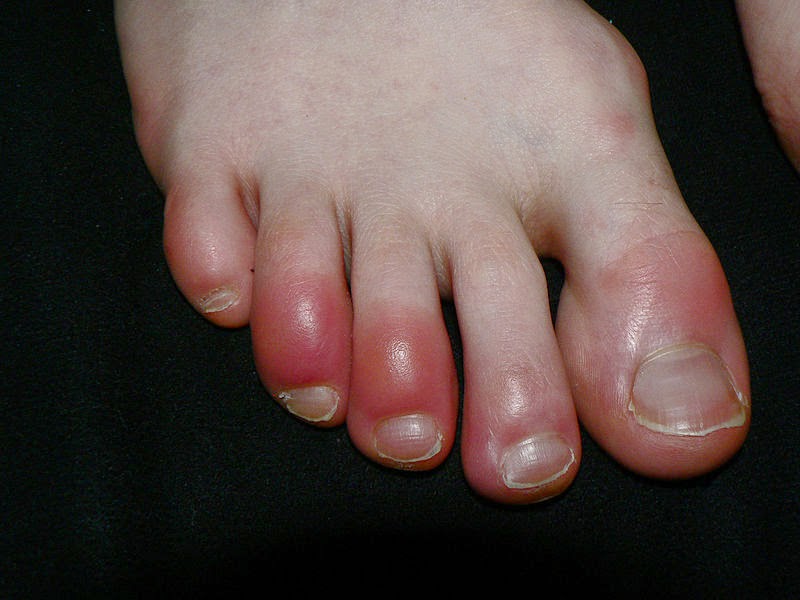

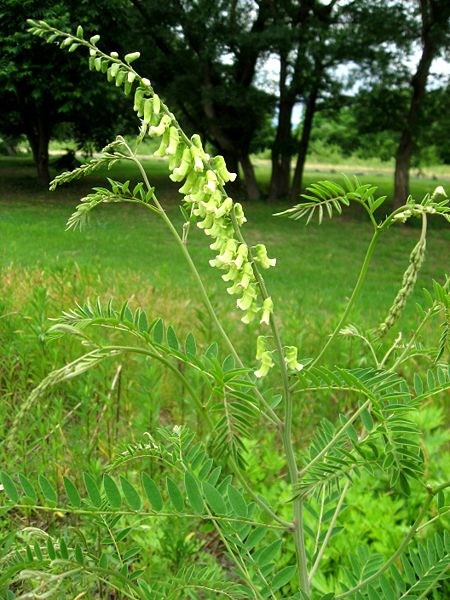
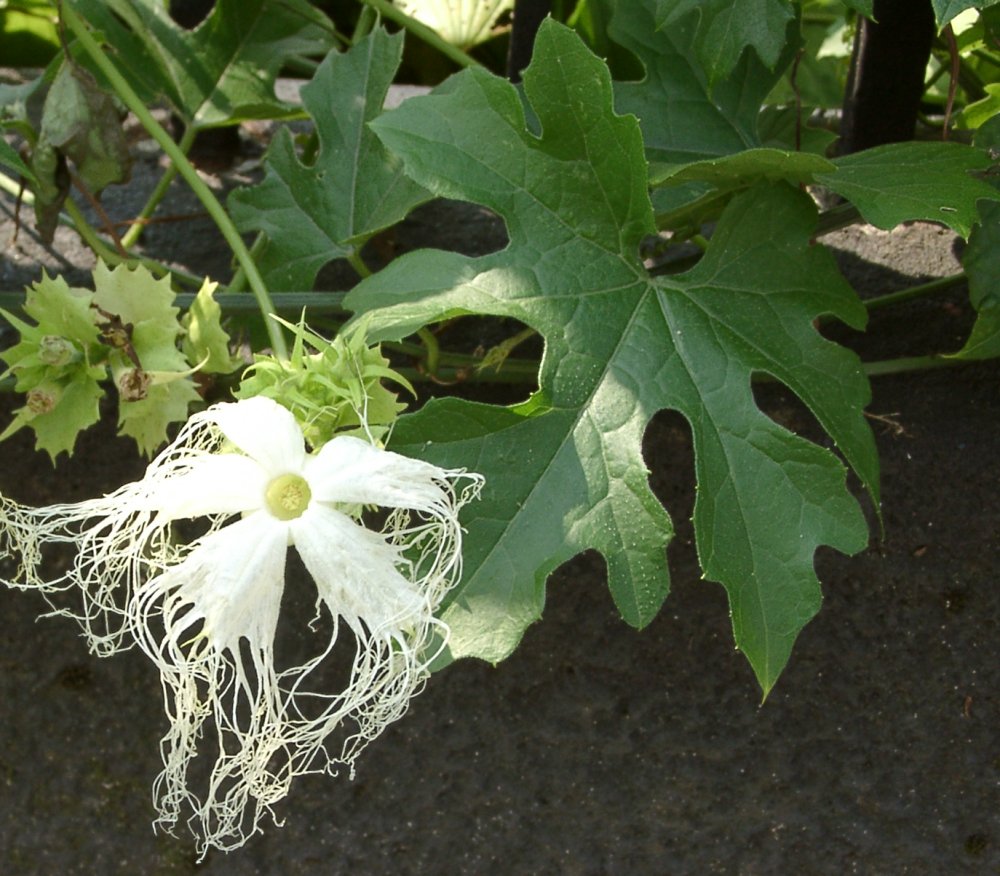

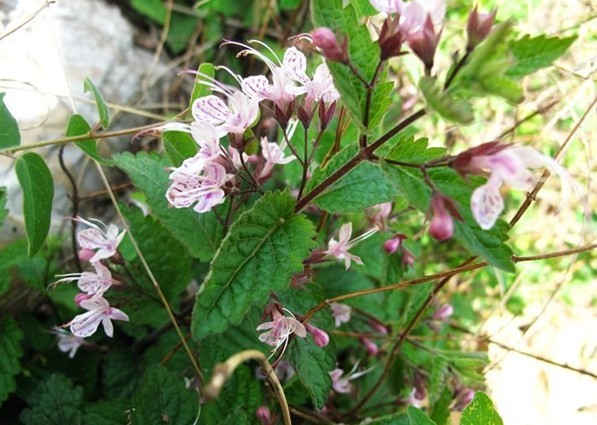
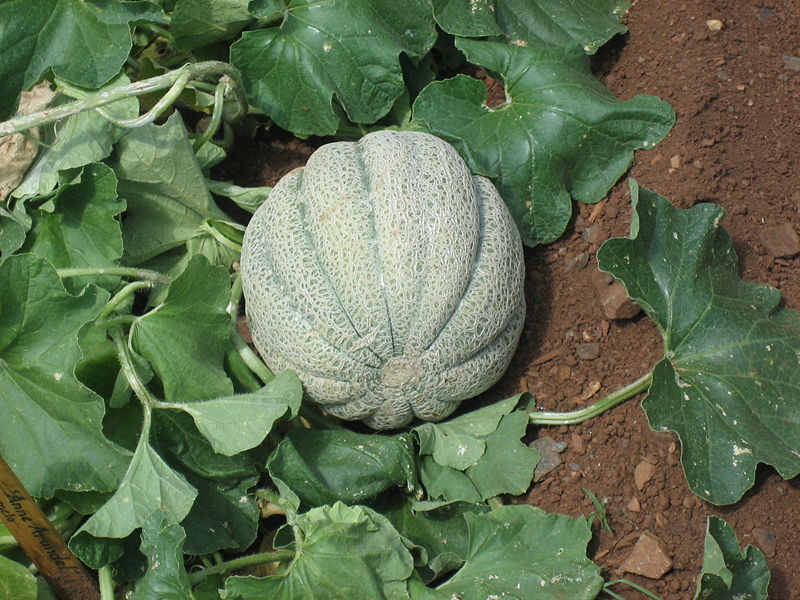






.jpg)






